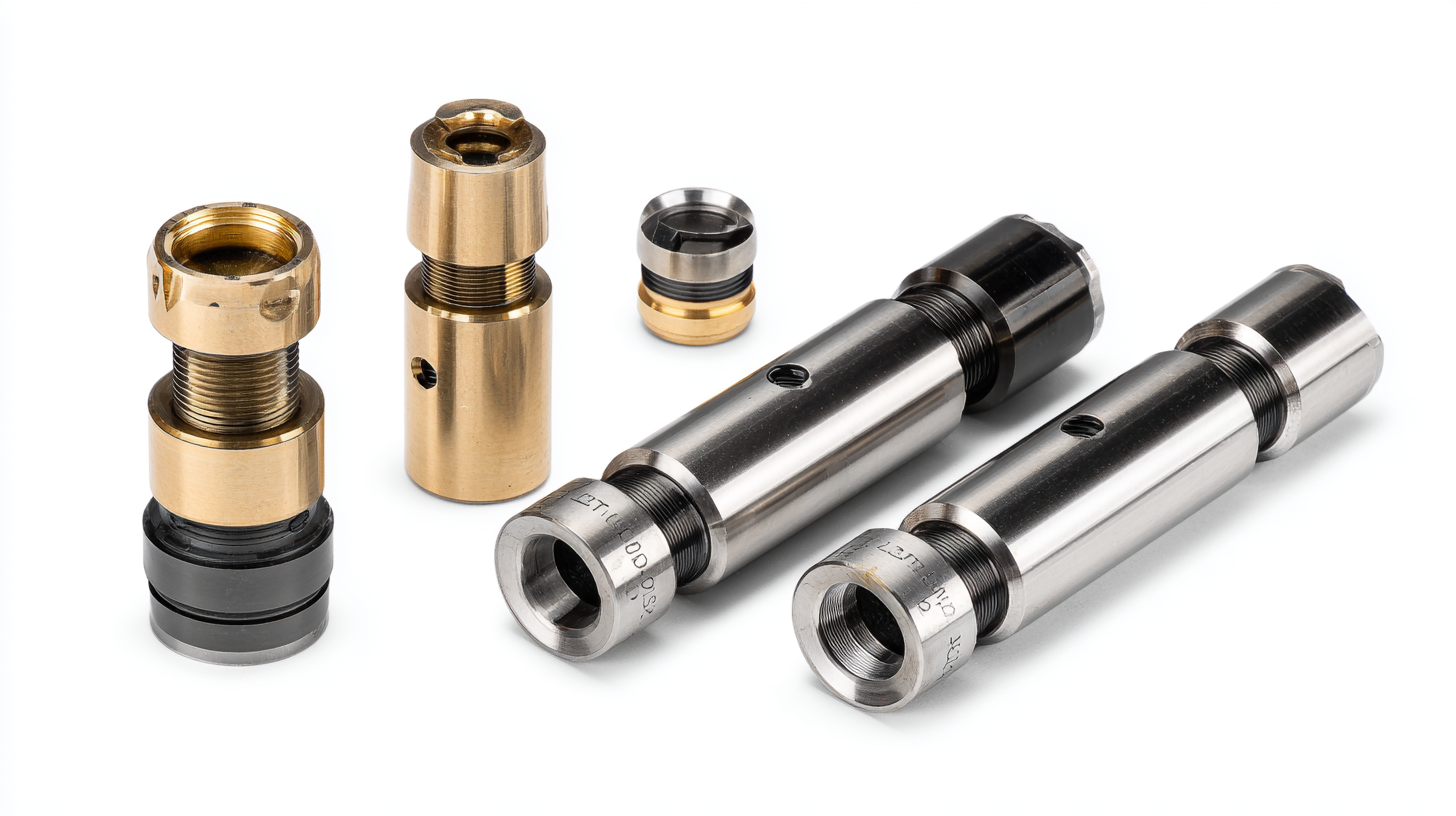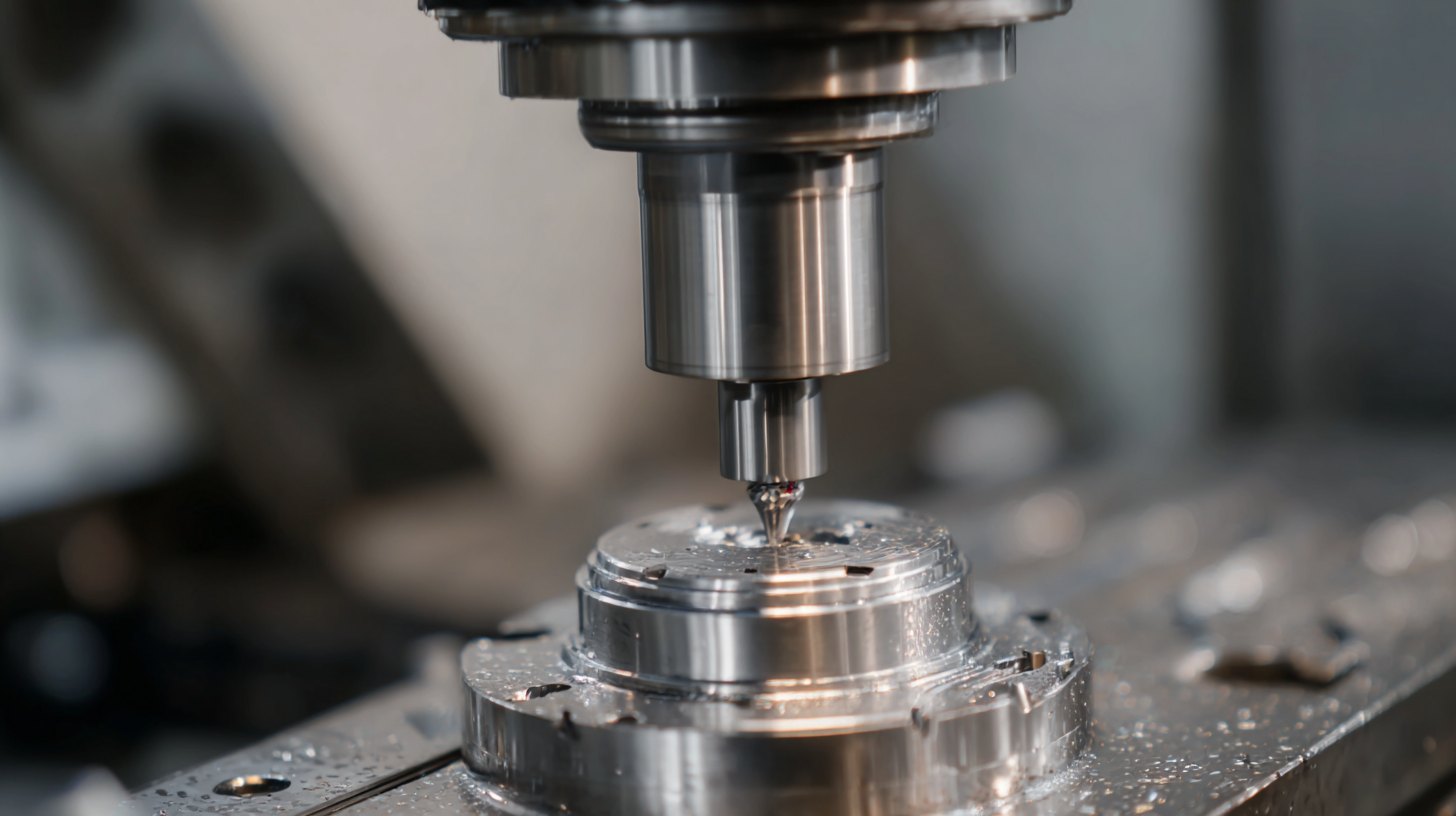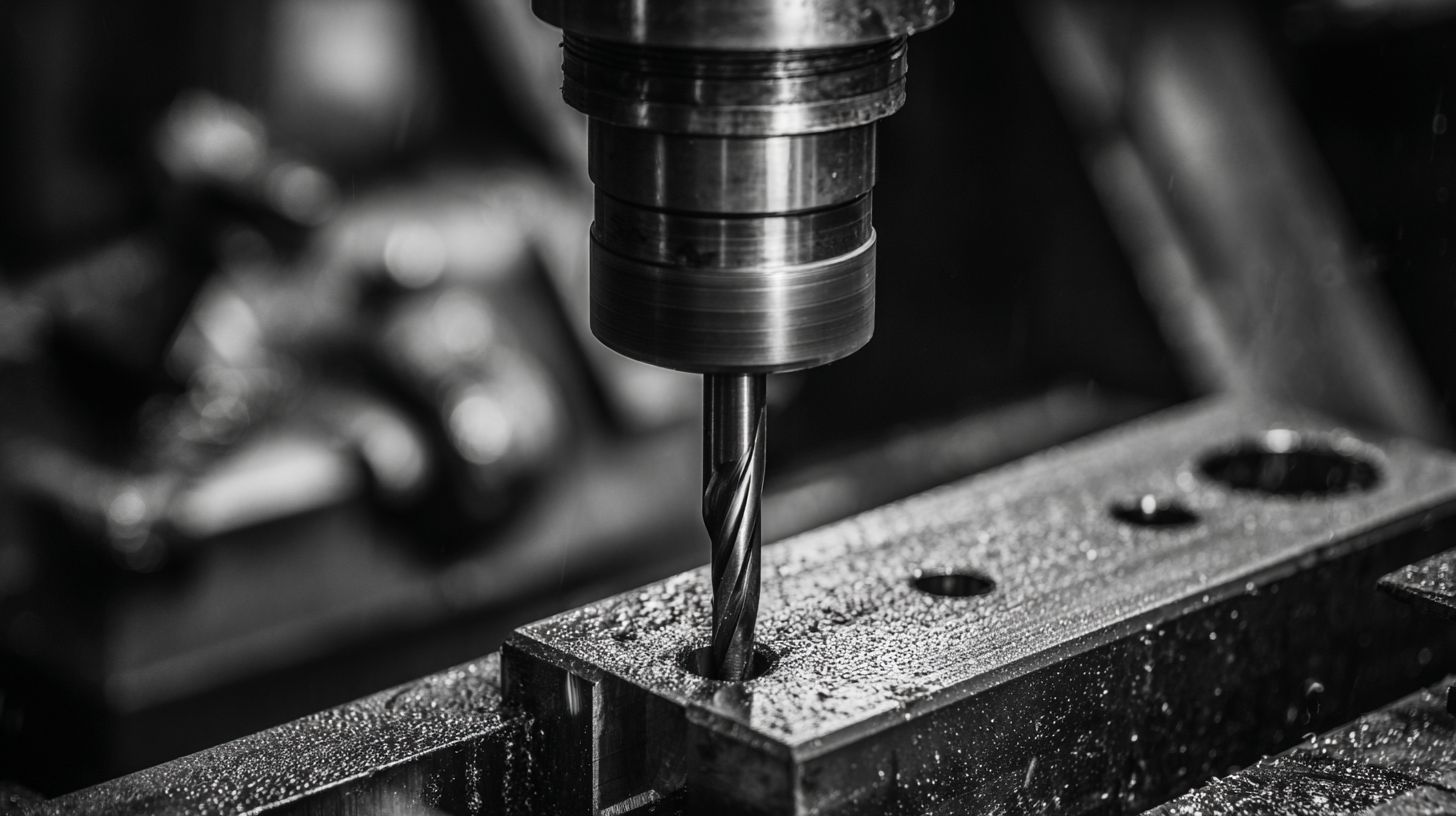In the ever-evolving landscape of manufacturing and machining, maximizing efficiency has become paramount for businesses striving to maintain a competitive edge. As we look toward the technological trends shaping the industry in 2025, understanding how to select the best cutting inserts is essential for optimizing performance and precision in machining operations.

Cutting inserts play a critical role in the effectiveness of cutting tools, directly influencing factors such as tool lifespan, surface finish, and production rates. This blog will delve into the latest innovations in cutting insert technology, providing insights on how to choose the right cutting tool for your specific machining needs.
By leveraging these advancements, manufacturers can enhance their operational efficiency and drive significant improvements in productivity and cost-effectiveness.
As we approach the 2025 machining landscape, several key trends are poised to significantly influence cutting insert selection. According to a recent report by the International Federation of Robotics, the global demand for advanced machining technologies is expected to grow at a CAGR of 8.5% from 2022 to 2025. This surge underscores the importance of not only selecting high-quality cutting inserts but also choosing ones that align with these evolving technological advancements.
One of the prevailing trends is the shift towards more sustainable manufacturing practices. A survey conducted by the Machining Industry Association found that over 70% of manufacturers are prioritizing eco-friendly cutting tools, pushing the development of inserts made from recycled materials or those that produce less waste during machining processes. Furthermore, the integration of smart manufacturing technologies, such as IoT and AI, is changing how cutting inserts are monitored for performance. Tools equipped with sensors can provide real-time data leading to optimized cutting conditions, which research indicates can enhance tool life by up to 40%. Adapting to these trends will be crucial for manufacturers looking to maximize efficiency and maintain a competitive edge in the upcoming years.
This chart illustrates the market demand for various types of cutting inserts used in machining as of 2025. The data highlights the growing preference for carbide inserts, reflecting their efficiency and applications across diverse machining needs.
In the world of machining, selecting the right cutting inserts is crucial for maximizing efficiency and productivity. Understanding the different types of cutting inserts—ranging from carbide to superhard materials—can significantly impact machining operations. The global carbide tools market, for example, is projected to show substantial growth, with estimates indicating a market size reaching $195.59 billion by 2032. As users seek to enhance their machining capabilities, investing in the best cutting inserts becomes essential.
Tip: When choosing cutting inserts, consider the specific requirements of your application. For instance, tougher insert grades, like the MC6135, cater to heavy-duty tasks, while precision tools are best suited for ultra-precision machining. Analyzing the right coating type can further improve tool longevity and surface finish.
As technology advances, the CNC machine market is also expected to grow at a CAGR of 9.9%, reaching a market size of $101.22 billion by 2025. To stay competitive, manufacturers should explore the latest innovations in cutting tool design, including the introduction of new turning products that enhance versatility.
Tip: Regularly evaluate your cutting tool performance and adapt to new materials and technologies. This approach will ensure you are utilizing the most effective inserts for your machining needs, ultimately boosting productivity and reducing costs.
When it comes to maximizing efficiency in machining operations, evaluating cutting insert performance is critical. Key metrics such as tool life, cutting speed, and surface finish quality play significant roles in determining the effectiveness of cutting inserts. Tool life, for example, directly affects overall productivity; a longer tool life translates to fewer tool changes and reduced downtime. Assessing this metric involves tracking wear patterns and understanding the materials being machined, thereby allowing operators to make informed decisions about insert selection.

Another vital standard is the cutting speed, which refers to the speed at which the cutting tool moves relative to the workpiece. Different cutting materials and geometries can dramatically influence the optimal cutting speeds. Operators must consider the material properties of both the insert and the workpiece to minimize wear and prevent failure. Additionally, examining the surface finish achieved can provide insights into insert performance, as a high-quality finish often indicates a well-matched cutting insert. By focusing on these metrics, manufacturers can select the best cutting inserts that enhance productivity and deliver superior machining results.
The role of advanced materials in cutting insert technology is pivotal as industries increasingly demand precision and efficiency in machining processes. Recent innovations highlight the adaptation of cutting tools for composite materials, particularly with advancements in PCD tooling and other specialized materials designed to enhance performance. In 2023, the carbide tools market alone surpassed USD 12.9 billion, with a projected growth rate of 3.9% CAGR through 2032. This rapid expansion is fueled by the rising demand for cutting tools equipped with superior engineering materials, which promise not only longer tool lifespans but also improved machining capabilities.
As we dive deeper into the technological landscape, the intersection of Industry 4.0 and advanced materials becomes clear. Smart cutting tools, originally associated with high-tech sectors such as aerospace and medical devices, are now making significant strides in traditional manufacturing domains. The imperative to maximize efficiency while minimizing environmental impact has led to a review of sustainable machining practices. New developments in cutting fluids and coatings are vital, as they facilitate high-speed operations and reduce wear, thus reinforcing the significance of innovative materials in the evolution of cutting insert technology. Such advancements portend a new era in manufacturing, where smart materials and methodologies will redefine productivity norms.
Investing in high-quality cutting inserts is vital for enhancing machining efficiency and ensuring a significant return on investment in the long run. According to a recent study by the Manufacturing Technology Association, using superior cutting tools can reduce machining time by up to 20%, leading to enormous savings in labor costs and improved output levels. While the initial expense may be higher, the projected lifespan of high-quality inserts is significantly greater, reducing the frequency of replacements and maintenance. This approach aligns with a broader strategy that focuses on sustainable cost management rather than short-term savings, emphasizing long-term gains.

Moreover, industry reports indicate that companies utilizing top-grade cutting inserts have reported an increase in component accuracy and a decrease in scrap rates by 15%. Implementing advanced tooling solutions not only enhances the quality of the final product but also establishes a competitive edge in the market. As leaders in manufacturing navigate the ever-evolving landscape, adopting a natural capital approach in tool selection can strengthen operational resilience, ultimately contributing to a robust economic strategy and sustained growth.
Contact
KYOCERA SGS Precision Tools, Inc.
(330) 686-5700
150 Marc Drive
Cuyahoga Falls, OH 44223
Products
Resources